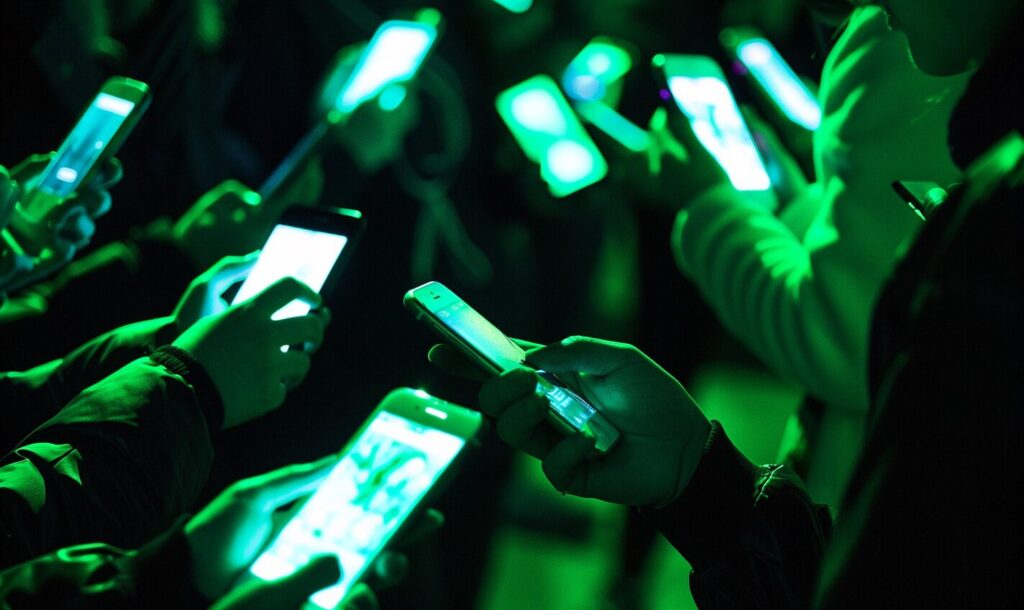If you’ve ever driven down a highway, you’ve most likely seen trees to your right or left. It’s common for roads to cut through forests in order to make way for the thousands of cars that pass through every day.
As you’re taking in the landscape, you see a tree. But it’s no ordinary tree. The trunk is oddly symmetrical, and the branches seem to be sparse. What’s the reason for this?
What you’re seeing isn’t a tree at all — it’s a cell tower disguised as a tree. Planted right in the middle of a forest, the 65 to 75-foot structure is attempting to blend in with the surrounding nature.
You may be wondering, “What are the fake towers?” or “Why are they here?” It’s common to question why cell towers need to be camouflaged. Interestingly enough, there’s a reason for these faux alternatives. Let’s discuss the history of tree cell towers and how they came to be.
History of Tree Cell Towers
To trace back the inception of these subterfuge towers, let’s identify the company that started out in this niche industry. Valmont Industries is in the business of camouflaging cell towers to match the environment in which they’re being placed.
The company has multiple locations throughout the country and is a large, publicly held organization. Originally called Larson Camouflage, Valmont Industries is a leader in finding unique ways to conceal industrial-looking towers.
Their line of products has been used as viable concealment solutions for decades. According to Valmont, they’re capable of making towers look like a tree, cactus, flag pole, or even a clock tower. The possibilities are endless when it comes to finding the right way to hide a cell tower in plain sight.
The first tree cell tower was a pine tree constructed in 1992 and is located in Denver, Colorado. Before constructing the tower, Valmont focused its attention on building faux landscapes for Disney parks, museums and zoos.
Using fiberglass, metal and plastic materials, the company can design towers to look like different breeds of trees based on the geography of a landscape. They can make towers resemble pine trees, evergreens and palm trees.
Introduction of Fake Cell Tower Trees
Back in the 1990s, cell phones were becoming staples in people’s lives. More cell towers needed to be built as more and more people were calling each other.
Cell towers help bridge the communication gap as cell phone users travel across different regions. We’re always looking for better cell service, especially in rural areas or densely populated cities.
As more towers popped up in towns throughout the country, it’s no surprise that residents took issue with them. Large, metal structures tend to stick out like a sore thumb in areas with natural landscapes. As a result, there was a need to hide them and the fake trees concept was born.
Not much has changed when it comes to connectivity. As more cell phone companies transition to the next-gen mobile 5G network, it’s likely we’ll see more of the camouflaged structures in our towns and cities. It’ll be crucial to build enough cell towers to connect more people than ever using a 5G connection.
In addition to new mobile networks, organizations are attempting to build 3D historic cities, which in turn, will cause shifts within the construction and architectural sectors.
3D environments are valuable because buildings can be visualized before construction, and other structures can be conceptualized. It will be interesting to see if these areas will incorporate fake cell tower trees into their design concepts.
Future of Cell Tower Connectivity
We’re still early on in the process of building a reliable 5G network, so it’ll take a few years for it to become widely available to the public. Until then, you’ll likely see more and more fake cell tower trees pop up in your area. Some people appreciate the effort to conceal them, while others are not so keen on their ingenuity.
Recent Stories
Follow Us On
Get the latest tech stories and news in seconds!
Sign up for our newsletter below to receive updates about technology trends














